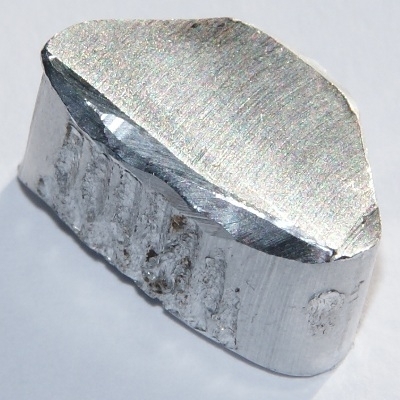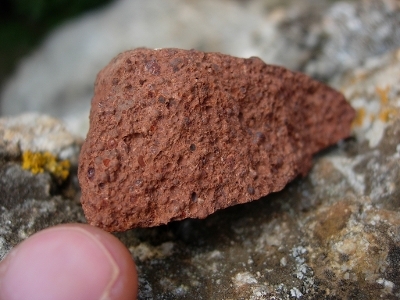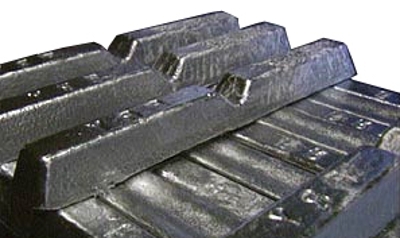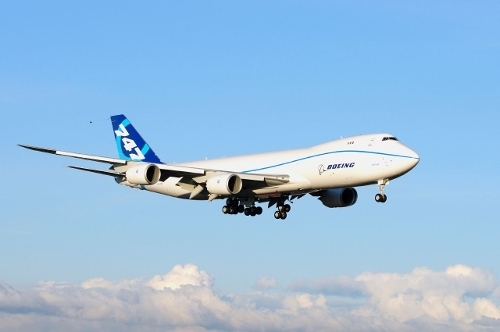Element focus ALUMINIUM
The Basics
- Aluminium has atomic number 13 and atomic mass 26.98. It is considered to be a poor metal and sits in Group 13 (IIIA) of the Periodic Table between magnesium and silicon and with boron above and gallium below.
- Aluminium melts at 660°C, boils at 2519°C and its density is 2.70gcm-3.
- Alum and aluminium salts have been used in dyeing and as anti-bleeding agents in wound dressing since Roman times, but aluminium metal was not identified and isolated until the 19th Century.
- Humphry Davy put forward the theory that alum was based on a metal in 1808 but the metal was not isolated until 1825 by Hans Christian Ørsted. But even he is not credited with discovering aluminium; this honour goes to Friedrich Wöhler who first produced the metal in 1827.
Image courtesy of https://images-of-elements.com/aluminium.php

Occurence & Extraction

- Aluminium is the third most abundant element in the Earth’s crust (after oxygen and silicon) and the most common metal, making up about 8% of the weight of the solid surface of our planet. The most commonly used ore is Bauxite and the largest producer of this mineral is Australia.
- It takes approximately 4 tonnes of bauxite to produce 2 tonnes of alumina from which around 1 tonne of aluminium is produced. Electrolysis requires very large amounts of electricity, so recycling is an important source of the metal. Recycling aluminium only uses around 5% of the energy required to produce the metal from scratch.
- Aluminium is made today using the Hall-Héroult Process in which alumina (produced from bauxite using the Bayer Process) undergoes electrolysis to produce 99% pure aluminium. This process did not become possible until commercially generated electricity became available. So up until the 1880s aluminium was more valuable than gold owing to the extreme difficulty in extracting it.
Image courtesy of https://upload.wikimedia.org/wikipedia/commons/1/11/Bauxite_h%C3%A9rault.jpg
Structure & Properties
- Aluminium is a lightweight (about a third of the density of steel), durable (its surface is protected by a stable passive oxide layer) metal which can be formed in many ways owing to its ductility and malleability which arise from its face-centred cubic crystal structure. It is also an excellent thermal and electrical conductor (it has about two thirds the conductivity of copper but is also around two thirds lighter).
- Pure aluminium has a relatively poor yield strength, of the order of 7-11MPa, however, alloying can increase this to 200-600MPa.
Image courtesy of https://commons.wikimedia.org/wiki/File:Aluminium_bar.jpg

Materials & Applications

- Aluminium alloys are classified on the basis of their alloying additions: 1xxx series alloys are classed as pure aluminium with <1% impurities, 2xxx series alloys primarily contain copper and magnesium, 3xxx alloys contain manganese, in the 4xxx series aluminium is alloyed with silicon, magnesium is added to make 5xxx series alloys, 6xxx series alloys contain magnesium and silicon and in the 7xxx series it is alloyed with zinc, magnesium and copper. The final series, 8xxx includes everything else, including aluminium-lithium alloys.
- Aluminium is the most commonly used non-ferrous metal and its consumption is only exceeded by steel (31.9Mt and 837.5Mt respectively in 2005).
- Aluminium can be easily recycled, consuming only 5% of energy needed to make virgin metal, and reducing greenhouse gas emissions by 95%. There is no limit to the number of times aluminium can be remelted.
- Aluminium alloys are used extensively in aerospace (airframes and panels), automotive (car body panel and engine blocks) and packaging (foil sheets, trays and cans) applications. It is used in the construction industry for door and window frames and street lighting poles. Its excellent thermal and electrical conductivity make it useful as a heat sinks and electricity transmission lines respectively. CDs are coated with a very thin layer of very pure aluminium as it is an excellent reflector.
- Solid rocket fuels used powdered aluminium as a fuel.
Image courtesy of http://commons.wikimedia.org/wiki/File:Boeing_747-8_N747EX_First_Flight_2-8-2010.jpg

